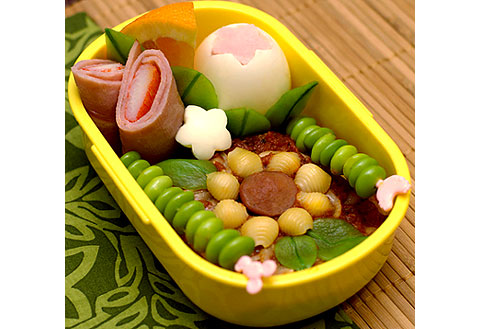
Today’s New York Times has a great “Room for Debate” feature where four cultural experts discuss the beauty of the Japanese bento box. Although seemingly off-topic from Tokyo Green Space, the discussion expresses relevant cultural aesthetics and the importance of beauty, simplicity, and care.
John Maeda, the president of the Rhode Island School of Design, talks about simplicity and making due in an island nation with limited natural resources. I like his view that Japanese value “making less into more,” and traces bento creation to Kyoto food, a fanciful illusion that masks limited food resources.

Kenya Hara, art director of Muji and professor of Musashino Art University, talks about shokunin kishitsu, or craftsman’s spirit. By cleaning carefully, working diligently, or preparing lunch boxes with creativity, airport cleaners, construction workers and home-makers make the mundane into something beautiful.
I also like how he claims Japanese have a special ability, “an incapacity to see ugliness,” that allows them to ignore urban chaos, ugly architecture and bad signage. In the drabbest office or construction environment, there is still a space to enjoy a perfect bento lunch.
It is easy to see how some of these ideas are expressed in the beautification of public spaces: ordinary people working within the constraints of an often poorly designed urban landscape, creating small vignettes of beauty with a mix of artistry and care, and sharing these creations with minimal self-importance.